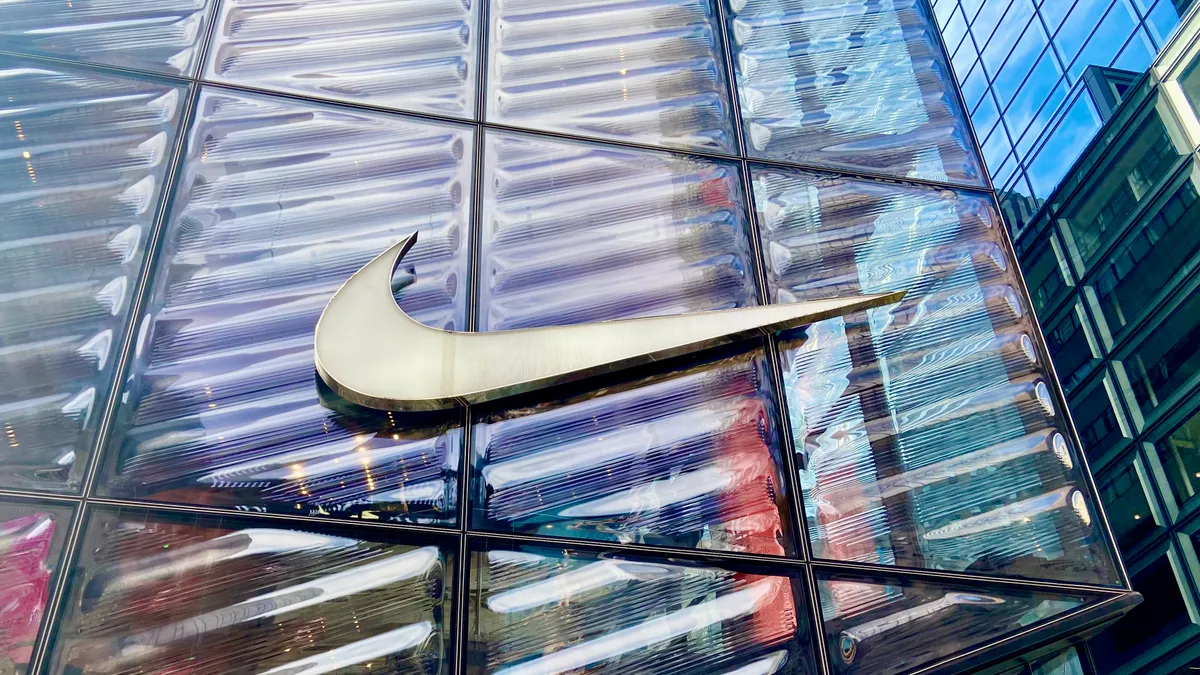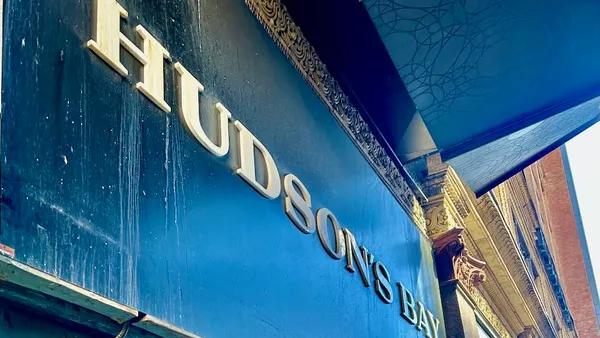Dive Brief:
- A class action lawsuit was filed against Nike on Thursday alleging securities fraud in connection with the retailer’s DTC strategy. CEO John Donahoe and Chief Financial Officer Matt Friend were named in the lawsuit.
- The lawsuit alleges that Donahoe and Friend misled investors about the success of its Consumer Direct effort, continually touting the strength of its business model and digital plan when in fact the DTC strategy was “unable to generate sustainable revenue growth,” per court documents filed with the U.S. District Court for the District of Oregon. The lawsuit also argues Nike was unable to protect itself from industry pressures once it dropped many of its wholesale partners.
- The complaint was filed on behalf of investors who bought Nike stock between March 19, 2021, and March 21, 2024. Nike did not immediately respond to a request for comment on the lawsuit.
Dive Insight:
Nike’s Consumer Direct Offense and Acceleration plans are coming under attack in a new class action lawsuit that alleges two of the brand’s top executives misled investors about how successful the strategy was.
“Throughout the Class Period, Defendants repeatedly touted the purported strength of Nike’s business model, and in particular, the claimed success of its digital and direct-to-consumer strategies to produce sustainable growth, while downplaying the significant competitive pressures facing the Company,” the lawsuit reads.
The lawsuit recounted Nike’s efforts to ditch wholesale partners in 2020, which continued into 2022 in a much-discussed shift away from Foot Locker, as well as the retailer’s subsequent return to many of those partners when its DTC strategy didn’t deliver as intended. Indeed, on the back of disappointing sales results, Nike late last year rolled out a cost-savings plan aimed at driving growth and profitability. The plan included layoffs, as well as a simplification of its product portfolio, with executives referencing its shift to a DTC model as a reason for the cuts.
“Since fiscal ’19, our investments in accelerating Nike’s consumer direct vision have created new operating capabilities, added tens of millions of new members to our member base and delivered a return of more than $12 billion of incremental revenue,” Friend said on a call with analysts at the time. “However, we have also added complexity and inefficiency. In this competitive environment, we need to accelerate our pace of innovation, elevate our marketplace experiences, maximize the impact of our storytelling, and increase our speed and responsiveness.”
Donahoe followed that up in March by acknowledging that the company needed to make some “important adjustments” to its Consumer Direct Acceleration strategy, as Nike was not “performing at our potential.”
A lackluster innovation cycle has also been part of the retailer’s recent financial challenges, according to analysts, and Nike has been working to ramp up innovation in the first half of the year. The retailer introduced a new product lineup in April as part of a “multi-year innovation cycle” and sold out of the Air Max DN’s spring launch, something analysts noted as a good sign. Nike’s wholesale partners have also commented on the retailer’s upcoming innovation, with Foot Locker Chief Commercial Officer Frank Bracken saying in May the brand is “going back on offense.”













